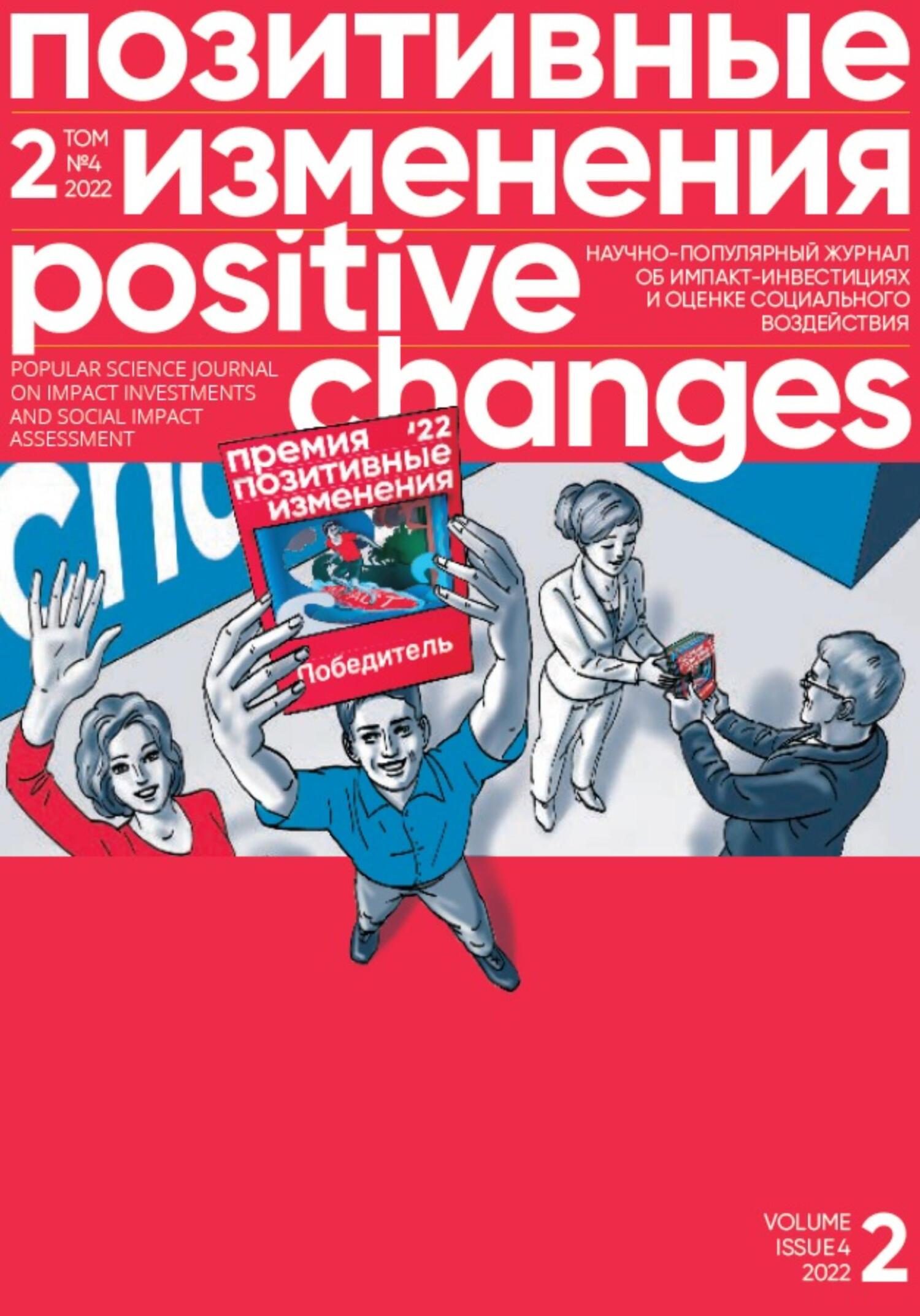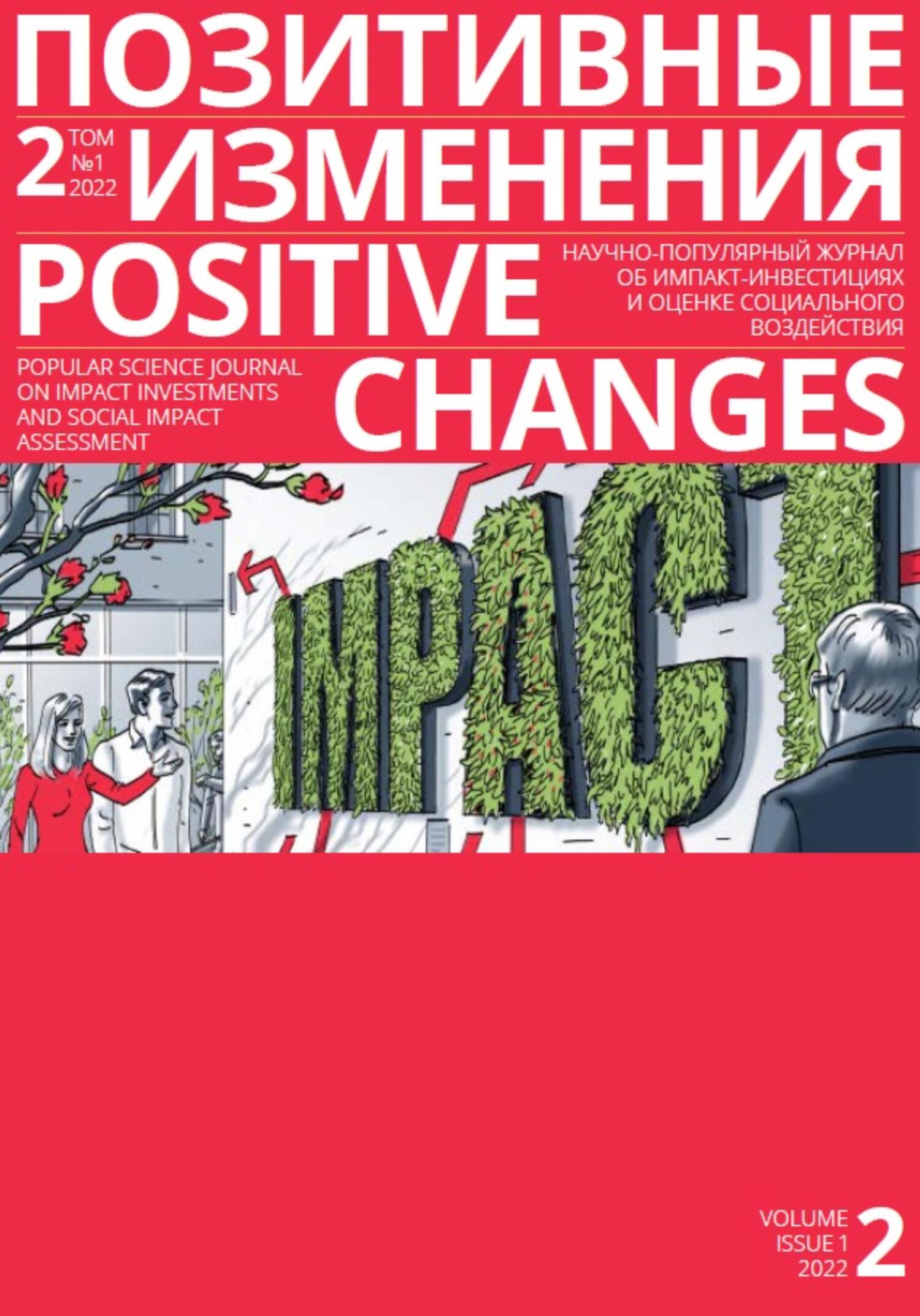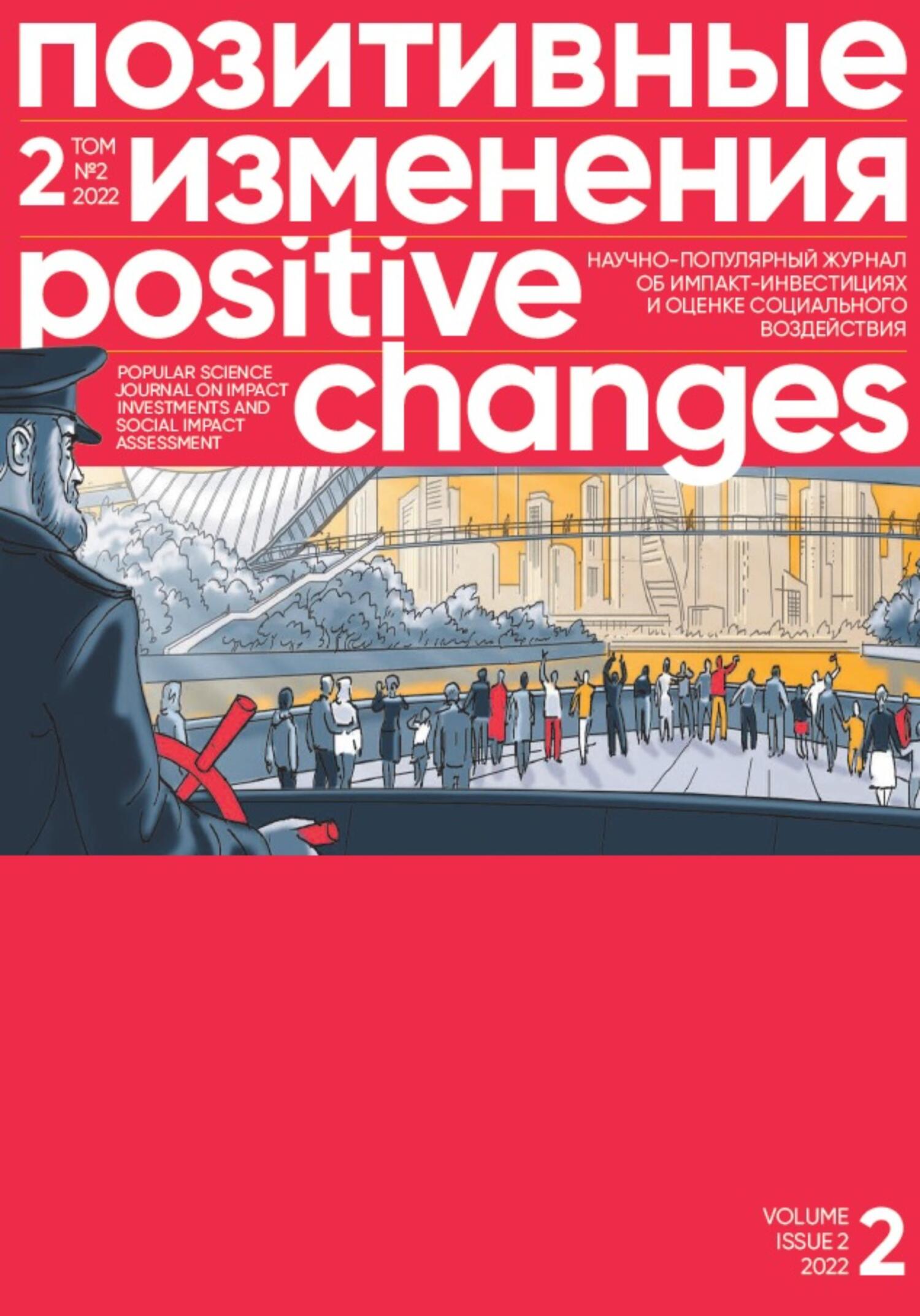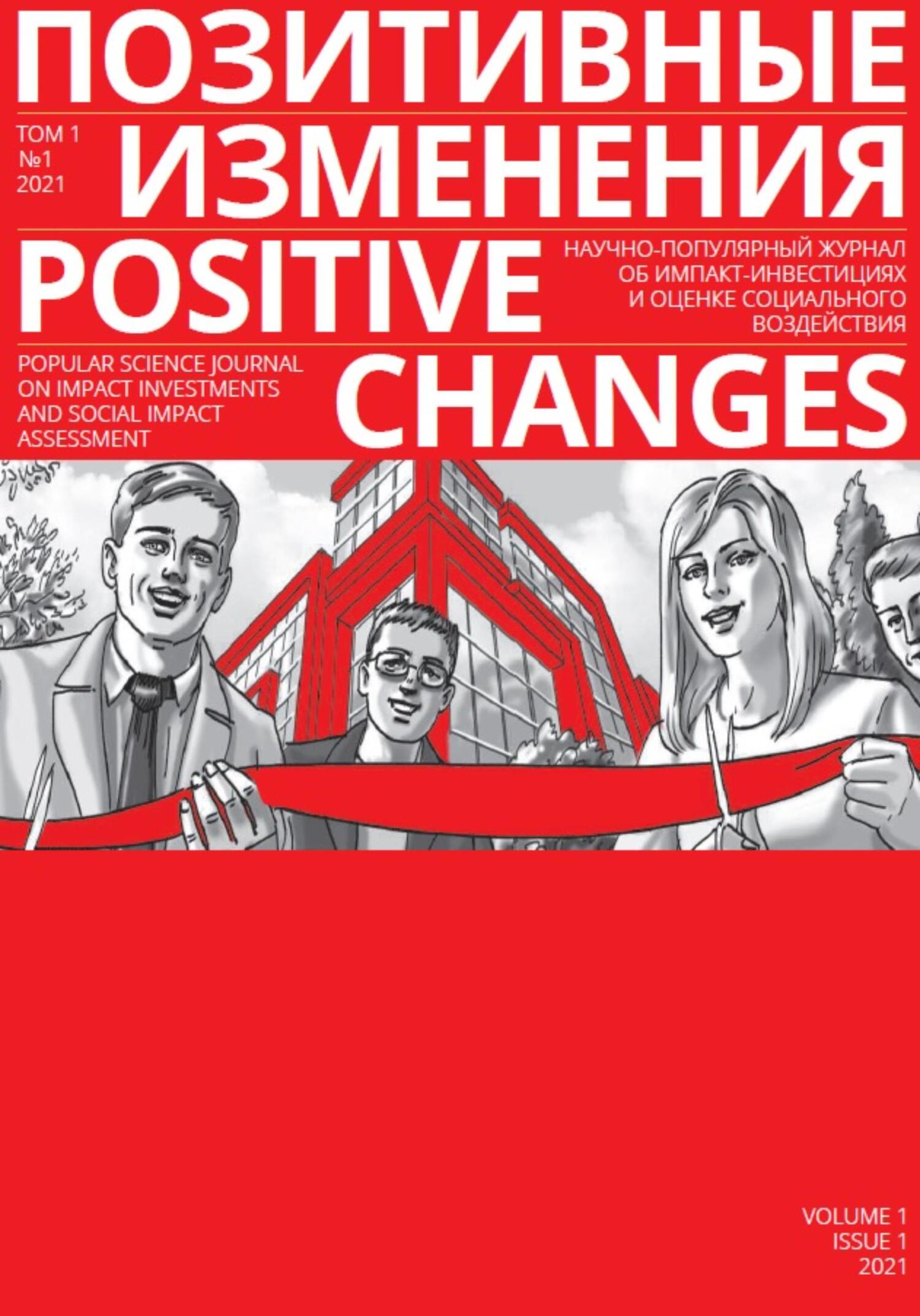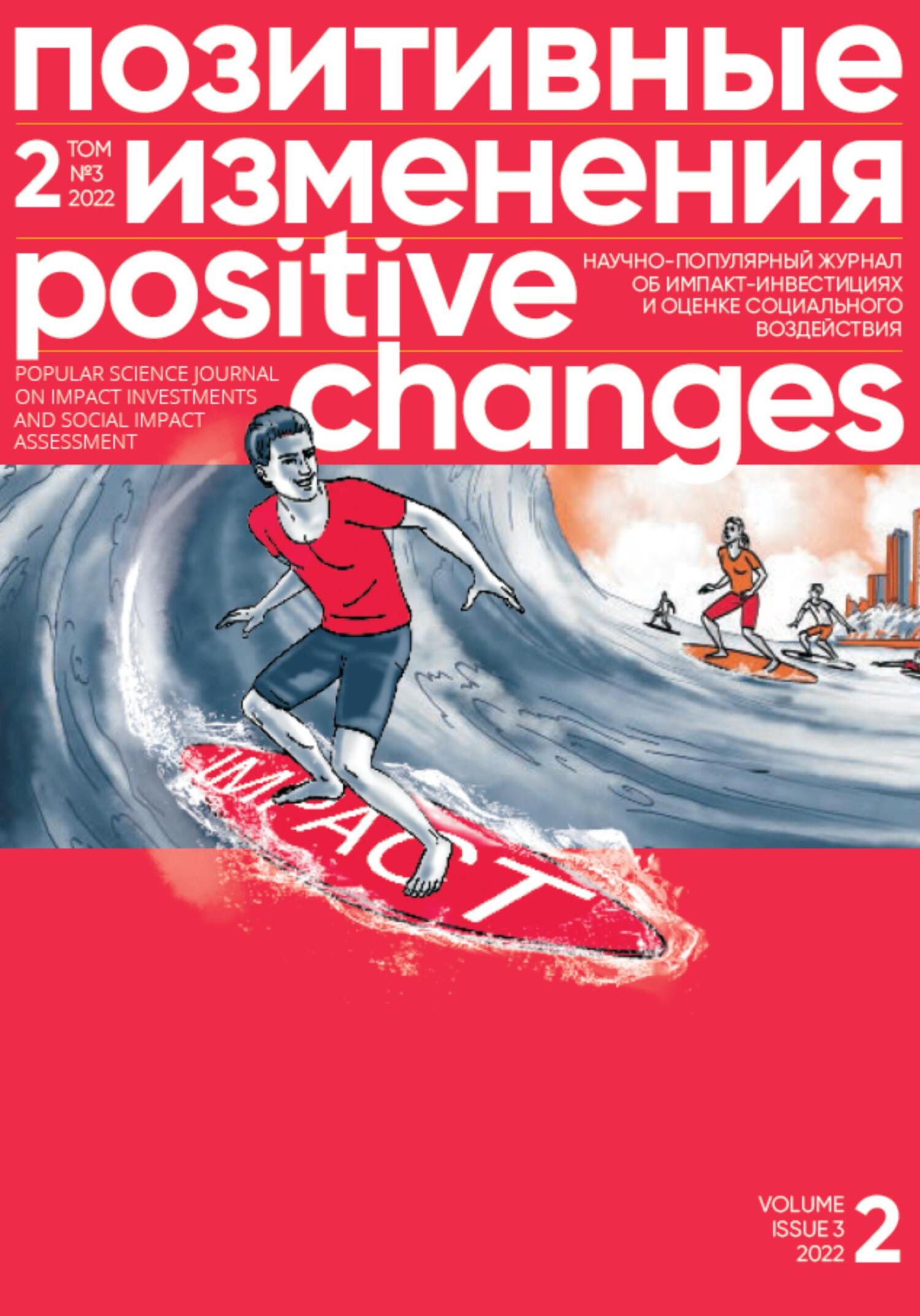social impact of neighborhood centers and, in particular, the profile of the average participant in the neighborhood center activities — the neighborhood resident, with a focus on the dynamics and changes of the resident's subjectivity.
So now, a century later, we can once again be witnessing the blossoming of neighborhood centers based on social investment by development companies. And discovering new factors influencing the development of this institution given the contemporary specifics.
CRITERIA FOR SELECTING MODELS OF NEIGHBORHOOD CENTERS AND SELF-HELP CLUBS
In the early 2020s, the world entered the post-COVID time gaining a number of important elements of new social capital. In our country, one of them is a movement that grew organically on the basis of self-organization of citizens and communities, which took shape with the direct participation of a number of large NGOs and was called #WeAreTogether (#MYVMESTE) Since 2021, the movement has been managed by the Association of Volunteer Centers (AVC). The initiative is implemented differently in each region, but in 2022 AVC voiced its general aspiration — to create a network of self-help clubs for residents on the basis of this social capital [76].
Some of the experts engaged by AVCs for this transformation work to turn the movement into a club suggest that one possible vector of development could be organizing the residents' activity into neighborhood communities. Often initiated by residents, developers, or local government, they grow into neighborhood centers and their networks.
To see the touching points between neighborhood centers and potential clubs, let us analyze the conditions and possibilities for transforming the largest movement into the logic of neighborhood centers. We propose to do this on the basis of conditional rankings formed by experts in a study of clubs that have already appeared, and a review of various neighborhood center models.
1. The subject of socio-economic development or the object of territorial development.
The willingness to take responsibility and authority for the improvement of living standards in the local area is a clear indicator of readiness to set up a neighborhood center in one's neighborhood. This parameter can also easily be applied to assess the maturity of the local movement.
2. The aggregator and the “capital” of the whole or an autonomous element of social space. The existence of an understanding of the necessity and functionality of the neighborhood center as a space uniting all points of attraction in the neighborhood and at the same time a readiness to unite with other “capitals” of the urban fabric is another important indicator of the potential behind opening and developing a neighborhood center. This same characteristic was evident in the #WeAreTogether movement through 2022.
3. Reliance on internal community resources and self-sufficiency vs. Dependence on the budget (government or corporate).
Having the competencies to inventory, pool and manage the resources and capital of a neighborhood community with payback initiatives is a must for a neighborhood center in a social investment environment. However, for a movement, this component may prove to be the weakest link, since a movement in most regions is not considered in isolation from administrative tasks and resources.
4. Distributed leadership and responsibility among community leaders vs. A rigid control and administration system.
In the case of neighborhood centers, one can encounter the entire spectrum of formats between the two extremes, but in terms of the vision and role of centers, most experts believe it is more logical and strategically accurate to prioritize the first version of the ranking.
5. Formal membership or season ticket statuses vs. Open solidarity community of residents and supporters of the movement.
For an economically sustainable and socially subjective institution of the neighborhood center, it seems correct to develop a range of social statuses, formalized by various tools — from subscriptions for extra functionality to symbolizing the engagement through merchandize. Symbols of engagement in varying degrees of public or private manifestation may be sufficient for a broader movement, as, for example, in the practice of working to retain and increase the number of supporters of major charitable foundations.
6. Prioritizing the local agenda vs. Prioritizing the federal agenda.
It seems clear that in order to maximize the engagement of the neighborhood residents, it is important for the neighborhood center to establish and promote a local development agenda, in contrast to a movement, which has become primarily a response to a global challenge with local gaps in addressing these problems.
7. Prioritizing strategic solutions vs. Prioritizing “urgent” issues.
For the purposes of developing and/or transforming current practices, it is logical to shape the transition to “long-term” project and/or model solutions. Despite the seemingly obvious situation and immediate demands of the residents (especially in social networks and neighborhood community chats), and the specificity of work that is mostly aimed at helping “right here, right now,” the communities must be able to see the roots of problems and potential solutions based on the center and movement, to test solutions and further scale across the fabric of cities. In addition, they could change the scale from the local neighborhood level to citywide or greater, to discover and develop their own theory of positive changes for the entire region.
Table 1. Comparison of the model positioning of the neighborhood center and the clubs by the #WeAreTogether movement
8. Emphasis on unlocking everyone's potential (plus social stigma prevention) vs. Emphasis on the existing core team.
This ranking is meaningful both for implementing the neighborhood center model and for a movement, funneling the growth status of each resident and assuming that everyone has the potential, talent, and peculiarities. This will ensure the widest possible engagement and establish conditions for the improvement of living standards in the local area, including all forms and directions of entrepreneurial initiative in the broadest sense, while reducing the risks of latent social problems surfacing.
9. Prioritizing social projects vs. Prioritizing commercial projects.
It is important to note in advance that the juxtaposition of the two extremes on this scale. These stereotypically polar positions have one common ground, which is
